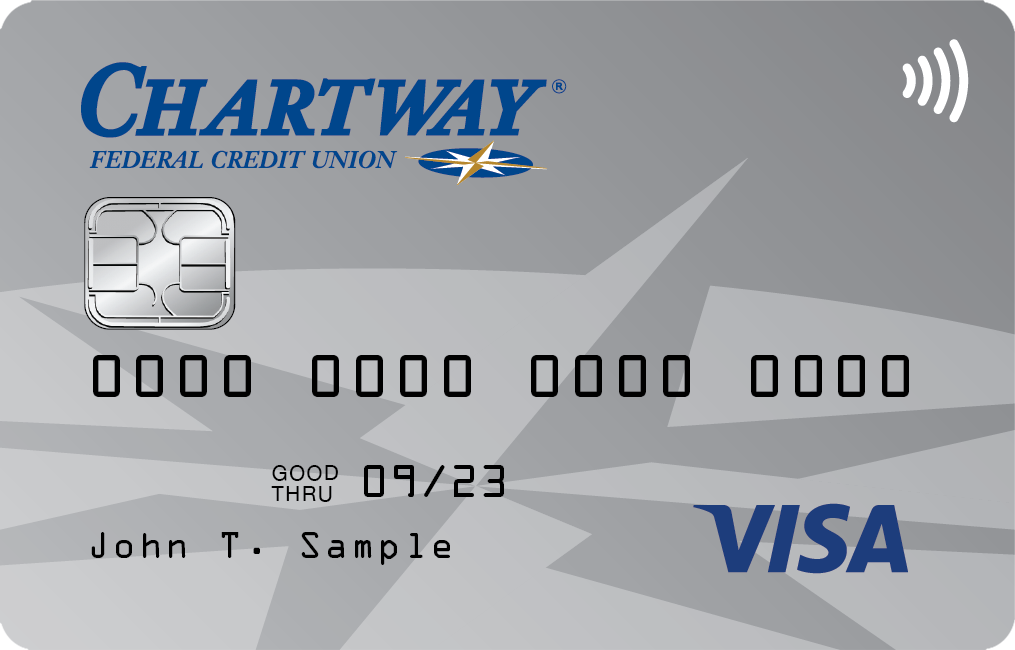- myFICO® Forums
- FICO Scoring and Other Credit Topics
- Understanding FICO® Scoring
- Is 6 years AAoA a threshold?
- Subscribe to RSS Feed
- Mark Topic as New
- Mark Topic as Read
- Float this Topic for Current User
- Bookmark
- Subscribe
- Mute
- Printer Friendly Page
Is 6 years AAoA a threshold?
Is your credit card giving you the perks you want?
Browse credit cards from a variety of issuers to see if there's a better card for you.
- « Previous
- Next »
- Mark as New
- Bookmark
- Subscribe
- Mute
- Subscribe to RSS Feed
- Permalink
- Report Inappropriate Content
Re: Is 6 years AAoA a threshold?
@SouthJamaica wrote:I've been thinking about the 30 point move in FICO 2, and the absence of any move in FICO 8.
Here's my guess as to the meaning of it all:
In view of the big, round number, 30-point increase in FICO 2, I'm guessing that it was not a threshold that was crossed but a scorecard segmentation factor. I.e. I'm thinking there's a scorecard change at 6 years AAoA in FICO 2. The reason I don't think it has to do with AoYA is that I think 12-months is the only place where FICO puts a scorecard change based on AoYA. Had there been some utilization changes, as there usually are for me on the 1st of the month, the increase probably wouldn't have been a round number like 30 points, but would have been smaller or larger, so it might have been less detectable.
If you changed scorecards, which seems entirely possible based on your logic, then you're really stuck trying to attribute the score increase to the aging metric alone. By going into that new scorecard segmentation, you'd need to monitor the scores on behaviors that were happening in your "old" scorecard (util up and down, inquiries, etc) and see if score changes are comparable.
It still seems believable that clean, aged, and thick profiles are going to be most beneficial to the old algos.
JOINED 4/2020
FICO 8 = 582, 620, 589 / Mortgage = 633, 526, 581
CURRENT PEAK *Thanks to the MF Community!
FICO 8 = 715, 711, 720 / Mortgage = 688, 696, 681

- Mark as New
- Bookmark
- Subscribe
- Mute
- Subscribe to RSS Feed
- Permalink
- Report Inappropriate Content
Re: Is 6 years AAoA a threshold?
@TheKid2 wrote:
@SouthJamaica wrote:I've been thinking about the 30 point move in FICO 2, and the absence of any move in FICO 8.
Here's my guess as to the meaning of it all:
In view of the big, round number, 30-point increase in FICO 2, I'm guessing that it was not a threshold that was crossed but a scorecard segmentation factor. I.e. I'm thinking there's a scorecard change at 6 years AAoA in FICO 2. The reason I don't think it has to do with AoYA is that I think 12-months is the only place where FICO puts a scorecard change based on AoYA. Had there been some utilization changes, as there usually are for me on the 1st of the month, the increase probably wouldn't have been a round number like 30 points, but would have been smaller or larger, so it might have been less detectable.
If you changed scorecards, which seems entirely possible based on your logic, then you're really stuck trying to attribute the score increase to the aging metric alone. By going into that new scorecard segmentation, you'd need to monitor the scores on behaviors that were happening in your "old" scorecard (util up and down, inquiries, etc) and see if score changes are comparable.
It still seems believable that clean, aged, and thick profiles are going to be most beneficial to the old algos.
Going from the 31st of May to the 1st of June, there was no other change in the Experian report. Usually I have some utilization changes on the 1st of the month, but this month I did not. The aging factors are all there is.
So it appears that 6 years average age of accounts is a scorecard determinant in FICO 2, but not in FICO 8. If I wind up getting a new account in the near future, and cause the AAoA to cross back to below 6 years, it will be interesting to see what happens with FICO 2.
And if I get my AAoA up to 6 1/2 years, it will be interesting to see if that moves the needle on FICO 8.

































Total revolving limits 741200 (620700 reporting) FICO 8: EQ 703 TU 704 EX 691
- Mark as New
- Bookmark
- Subscribe
- Mute
- Subscribe to RSS Feed
- Permalink
- Report Inappropriate Content
Re: AAoA 6 yrs & AoYA 6 mos --> FICO 8 +0 FICO 2 +30
@SouthJamaica wrote:Well today was an interesting day. My average age of accounts hit 6 years and my age of youngest account hit 6 months in my Experian report.
The net effect on EX FICO 8: zero.
The net effect on EX FICO 2: +30
What makes this data point particularly significant is that there were no changes in utilization to muddy the waters.
What makes this data point unfathomable is that I have no way of knowing which of the 2 events accounted for what in the 30-point EX 2 gain.
One thing this does do is confirm my belief that the aging factors are a bigger deal in the mortgage scores than the FICO 8 scores. Which is what makes moving the mortgage scores so difficult.
Yeah, that tracks with my experience (new account gutting FICO 2 for half a year, with full recovery after a year).
I've been on a 'clean' scorecard for about 5 years.
2023 Goal: save 3 months' net income
Starting FICO8: 666 (give or take a FICO)
[ Last INQ 12-Feb-2024 ]
| EQ | 841 | 5 INQ (Auto, CC, HELOC, 2 mort) | 7y2m |
| EX | 812 | 5 INQ (2 CC, 2 mort, HELoan) | 6y11m |
| TU | 829 | 4 INQ (3 CC, 1 mort) | 6y6m |
| 5/24 | 3/12 | AoYA 0m | AoOA 23y6m | ~3% |
- Mark as New
- Bookmark
- Subscribe
- Mute
- Subscribe to RSS Feed
- Permalink
- Report Inappropriate Content
Re: Is 6 years AAoA a threshold?
@SouthJamaica wrote:
@TheKid2 wrote:
@SouthJamaica wrote:I've been thinking about the 30 point move in FICO 2, and the absence of any move in FICO 8.
Here's my guess as to the meaning of it all:
In view of the big, round number, 30-point increase in FICO 2, I'm guessing that it was not a threshold that was crossed but a scorecard segmentation factor. I.e. I'm thinking there's a scorecard change at 6 years AAoA in FICO 2. The reason I don't think it has to do with AoYA is that I think 12-months is the only place where FICO puts a scorecard change based on AoYA. Had there been some utilization changes, as there usually are for me on the 1st of the month, the increase probably wouldn't have been a round number like 30 points, but would have been smaller or larger, so it might have been less detectable.
If you changed scorecards, which seems entirely possible based on your logic, then you're really stuck trying to attribute the score increase to the aging metric alone. By going into that new scorecard segmentation, you'd need to monitor the scores on behaviors that were happening in your "old" scorecard (util up and down, inquiries, etc) and see if score changes are comparable.
It still seems believable that clean, aged, and thick profiles are going to be most beneficial to the old algos.
Going from the 31st of May to the 1st of June, there was no other change in the Experian report. Usually I have some utilization changes on the 1st of the month, but this month I did not. The aging factors are all there is.
So it appears that 6 years average age of accounts is a scorecard determinant in FICO 2, but not in FICO 8. If I wind up getting a new account in the near future, and cause the AAoA to cross back to below 6 years, it will be interesting to see what happens with FICO 2.
And if I get my AAoA up to 6 1/2 years, it will be interesting to see if that moves the needle on FICO 8.
I recently added 3 credit cards. 1 brought me down to 6 years 3 months AAoA. The other 2 haven't reported yet.
If the last 2 bring my AAoA to below 6 years, and my FICO 2 drops 30 points, that will be total confirmation of the hypothesis that 6 years AAoA is a scorecard segmentation event in FICO 2.
Will be interesting to see how it plays out.

































Total revolving limits 741200 (620700 reporting) FICO 8: EQ 703 TU 704 EX 691
- Mark as New
- Bookmark
- Subscribe
- Mute
- Subscribe to RSS Feed
- Permalink
- Report Inappropriate Content
Re: Is 6 years AAoA a threshold?
@SouthJamaica wrote:Next month I'll hit 6 years AAoA with 2 of the 3 bureaus. Is that any kind of threshold?
I am sure that threshold levels are real.
However I use the very simple formula:
1/2 fico point per month from AAoA
It is not real and does not match most real numbers, however if one understands how slow scores rise from age it lets you relax a little